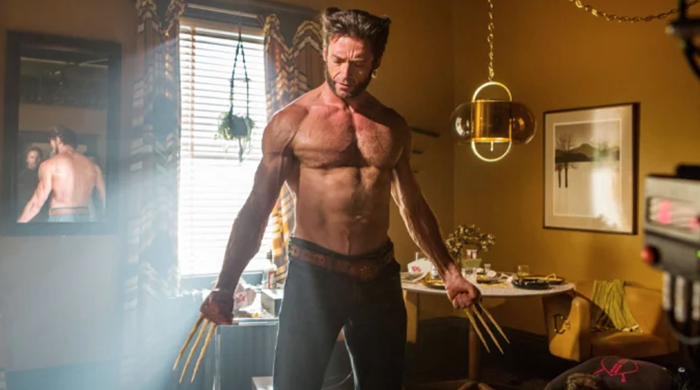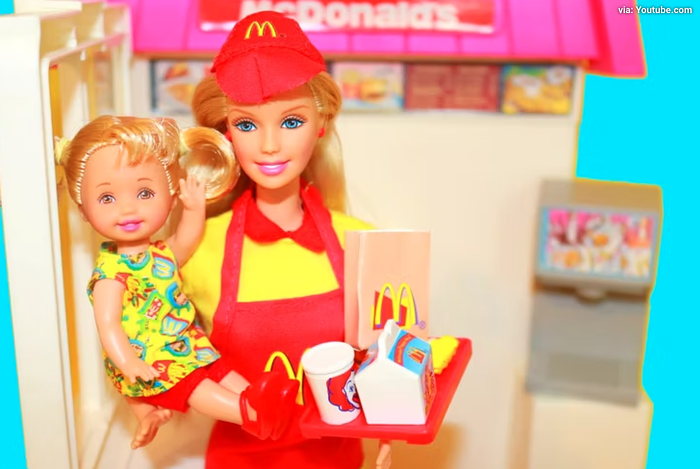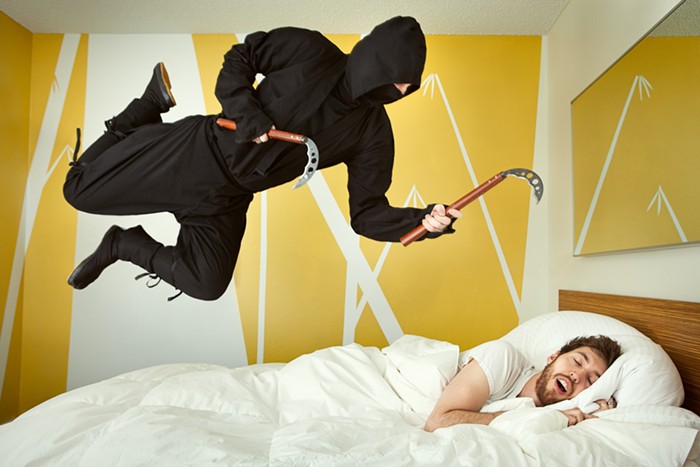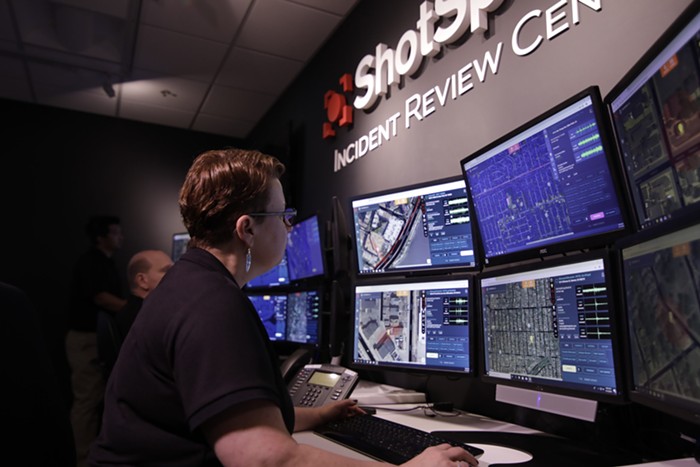It's hard to imagine what it's like in the Middle East. Outside an immediate cultural dissonance, the realities of military zones and surrounding regions are a mystery to my padded, remote perspective. Moreover, it seems I'm not alone in this low-resolution ignorance, as several local exhibitions have been designed as platforms for Middle Easterners to talk about their lives.
Losing Themselves in a Distance to Far Away Heights, Tannaz Farsi's current exhibition at Disjecta, focuses on Iran—nationals, refugees, and otherwise. The dominant physical features of the show are two sculptural works: The first, an empty black stage, and the second, a monument-scale presentation of the phrase "living the dream," written in English letters that mimic the calligraphy and formatting of Arabic writing (read right to left). But the show's central information comes in a series of Gmail screenshots in which Farsi asked Iranians, "What does it mean to live the dream?" Responses hover around basic human rights—dreams of community, family, and happiness—rendering the empty stage as a place to imagine those aspirations.
Shifting focus from Iran to Iraq is What We Carried: Fragments from the Cradle of Civilization. Currently on view at Launch Pad Gallery, the show centers on Iraqi refugees. The bulk of What We Carried's offerings are curator Jim Lommasson's photos—those showing objects stowed away by refugees, coupled with explanations of the objects written onto exposures by their owners. A Washington Post reporter's media badge, religious jewelry, family photos, and other personal items do double duty to evidence the existential crises born from the devastation of war, and the pillars of strength that carry people through such trials.
Outside the central collection are still-life paintings by Samir Khurshid (who was Saddam Hussein's personal portrait artist for more than 80 unique works) and figurative mixed-media works by Farooq Hassan—both Iraqi refugees who now live in Portland.
But the most eye-opening of the show is a collection of drawings by Iraqi children who lived as refugees in Jordan circa 2007. Works are unified by an unrefined "hang it on the fridge" aesthetic, though depictions of war contained therein are flooring: stick figures shot dead, airplanes firing hyphen bullets into the page, and in one particular piece, "my school" written just above a boxy building with a missile falling toward it.
These pieces are sad and jarring, honest to the point of producing a sick stomach—easily the must-see of the lot, providing the rawest view of Iraq's war-pocked psyche that I've come across.













